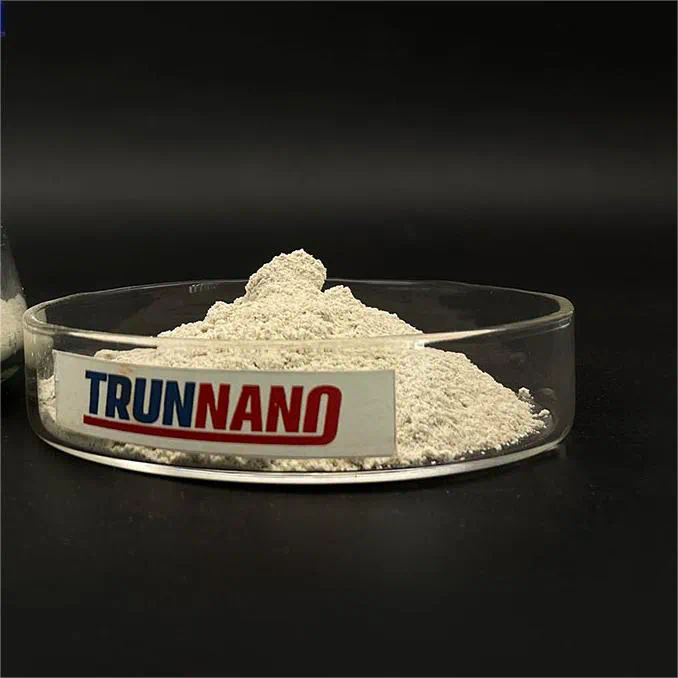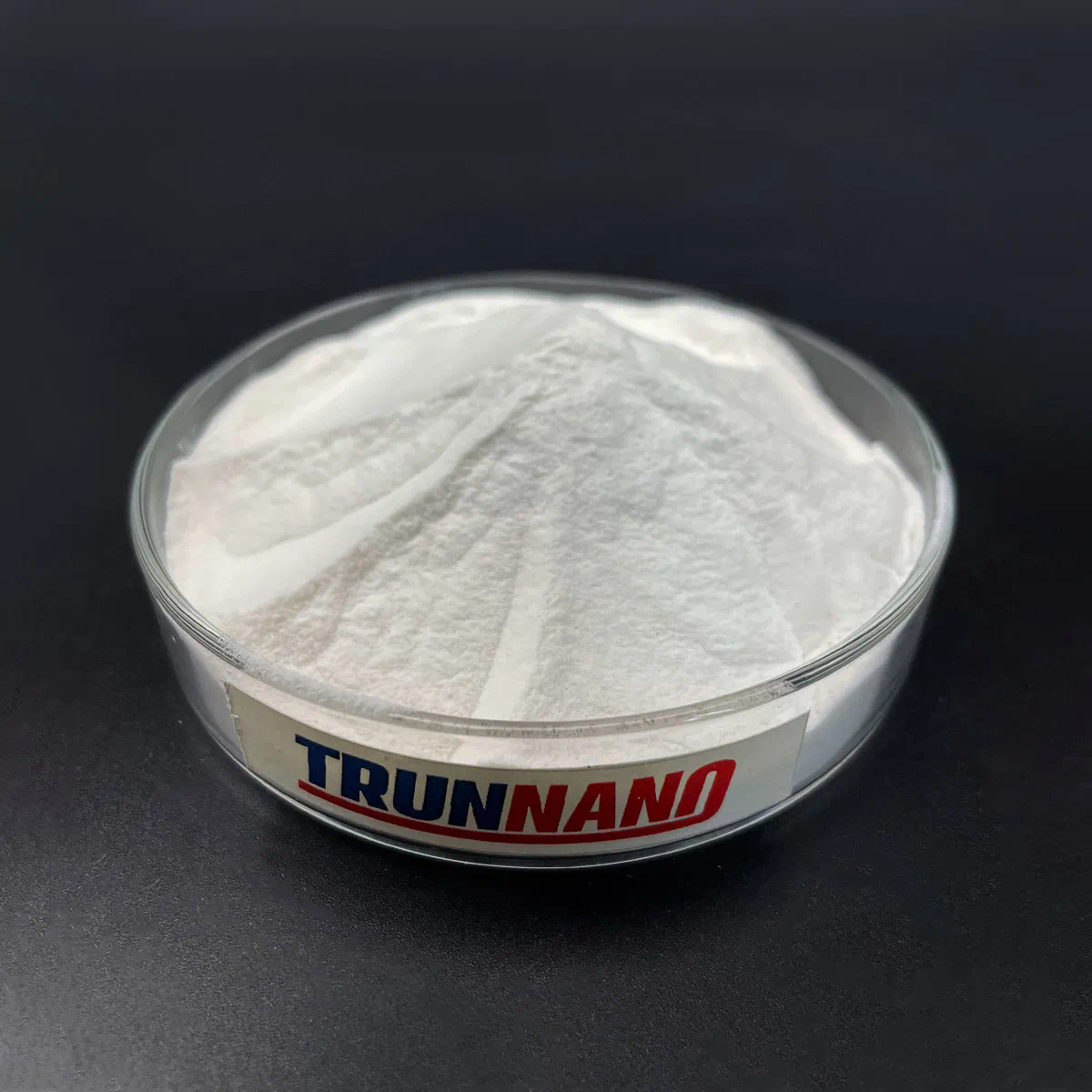Graphene – A Revolutionary Material in Electronics
Graphene, a single layer of carbon atoms arranged in a two-dimensional honeycomb lattice, has emerged as one of the most transformative materials in modern electronics. Discovered in 2004 by physicists Andre Geim and Konstantin Novoselov, graphene’s unique properties have led to its designation as a “wonder material.” Its exceptional electrical conductivity, mechanical strength, and thermal properties make it highly suitable for a wide range of electronic applications.
The exploration of graphene began with the isolation of single-layer graphene sheets from graphite using simple adhesive tape. This groundbreaking work not only earned Geim and Novoselov the Nobel Prize in Physics in 2010 but also sparked an avalanche of research into the potential applications of graphene in various fields, particularly electronics.
Properties of Graphene
One of the most remarkable characteristics of graphene is its electrical conductivity. Electrons can move through graphene at extraordinarily high speeds, making it an excellent conductor of electricity. This property is attributed to its unique structure, which allows electrons to travel without scattering, thus minimizing resistance. In fact, graphene’s electron mobility is approximately 200,000 cm²/Vs, significantly higher than that of silicon, the cornerstone of modern electronics.
In addition to its electrical properties, graphene is incredibly strong—about 200 times stronger than steel—while remaining lightweight and flexible. This combination of strength and flexibility opens up new possibilities for the design of electronic devices that are both durable and portable.
Thermal conductivity is another area where graphene excels. It has a thermal conductivity of around 5,000 W/mK, making it one of the best thermal conductors known. This attribute is particularly valuable in electronic applications where heat dissipation is crucial for device performance and longevity.
Applications in Electronics
The potential applications of graphene in electronics are vast and varied. One of the most promising areas is in the development of transistors. Traditional silicon-based transistors face limitations as devices become smaller and more power-hungry. Graphene transistors offer a potential solution, allowing for faster switching speeds and lower power consumption. Researchers have demonstrated that graphene can be used to create field-effect transistors (FETs) that operate at high frequencies, paving the way for faster and more efficient electronic circuits.

Graphene’s high electron mobility also makes it an ideal candidate for radio frequency (RF) applications. RF devices made from graphene can operate at higher frequencies than their silicon counterparts, making them suitable for advanced communication technologies, such as 5G networks. The ability to integrate graphene into RF components could lead to more compact and energy-efficient solutions.
Another exciting application of graphene in electronics is in the realm of sensors. Graphene-based sensors exhibit high sensitivity and rapid response times, making them ideal for detecting gases, chemicals, and biomolecules. This capability has implications for environmental monitoring, healthcare diagnostics, and even security systems. For example, graphene-enabled biosensors can detect specific biomarkers at extremely low concentrations, facilitating early disease diagnosis.
Furthermore, graphene is being explored for use in transparent conductive films, which are essential components in touchscreens, OLED displays, and solar cells. Traditional materials like indium tin oxide (ITO) have limitations, including brittleness and reliance on rare materials. Graphene’s transparency, flexibility, and conductivity make it a compelling alternative, potentially leading to lighter and more durable displays and solar panels.
Challenges and Limitations
Despite its remarkable properties, the commercialization of graphene in electronics faces several challenges. One of the primary hurdles is the scalable production of high-quality graphene. While techniques such as chemical vapor deposition (CVD) and liquid-phase exfoliation have been developed, producing large quantities of defect-free graphene remains a significant challenge. Researchers are actively working on methods to produce graphene at scale while maintaining its exceptional properties.
Another issue is the integration of graphene into existing semiconductor manufacturing processes. The current infrastructure is heavily based on silicon technology, and transitioning to graphene will require significant changes in fabrication techniques and materials science. Ensuring compatibility with existing technologies is crucial for widespread adoption.
Moreover, while graphene exhibits outstanding electrical properties, it lacks a bandgap, which limits its applicability in digital electronics where on/off switching is essential. Researchers are exploring ways to engineer a bandgap in graphene through techniques such as chemical doping, applying external electric fields, or creating composite materials with other substances.
Future Prospects
The future of graphene in electronics holds immense promise. As research continues and production techniques improve, we can expect to see graphene integrated into a wide array of electronic devices. Innovations in flexible electronics, wearable technology, and energy-efficient computing are just Concrete Foaming Agent a few areas poised to benefit from graphene’s unique properties.
In the realm of flexible electronics, graphene’s lightweight and bendable nature allows for the development of devices that can conform to various shapes and surfaces. This capability could revolutionize the design of smartphones, tablets, and other portable devices, making them more versatile and user-friendly.

Graphene also has the potential to play a significant role in energy storage and conversion technologies. Researchers are investigating its use in batteries and supercapacitors, where its high surface area and conductivity could enhance charge storage capacity and charging speeds. These advancements could lead to batteries that last longer and charge more quickly, addressing some of the key limitations of current energy storage solutions.
In summary, graphene stands at the forefront of the next generation of electronic materials. Its unique properties render it a versatile candidate for a myriad of applications, from transistors and sensors to flexible displays and energy storage devices. While challenges remain in the path to commercialization, the ongoing research and development in this field suggest that graphene could soon become a staple in the electronics industry, reshaping the landscape of technology as we know it.

As we continue to explore the potential of graphene, it is crucial to foster collaboration between researchers, manufacturers, and policymakers to ensure that the benefits of this revolutionary material can be realized in a sustainable and responsible manner. With the right investments and innovations, graphene could indeed pave the way for a new era of electronic devices that are faster, more efficient, and more adaptable than ever before.
https://ortumeta.com/
